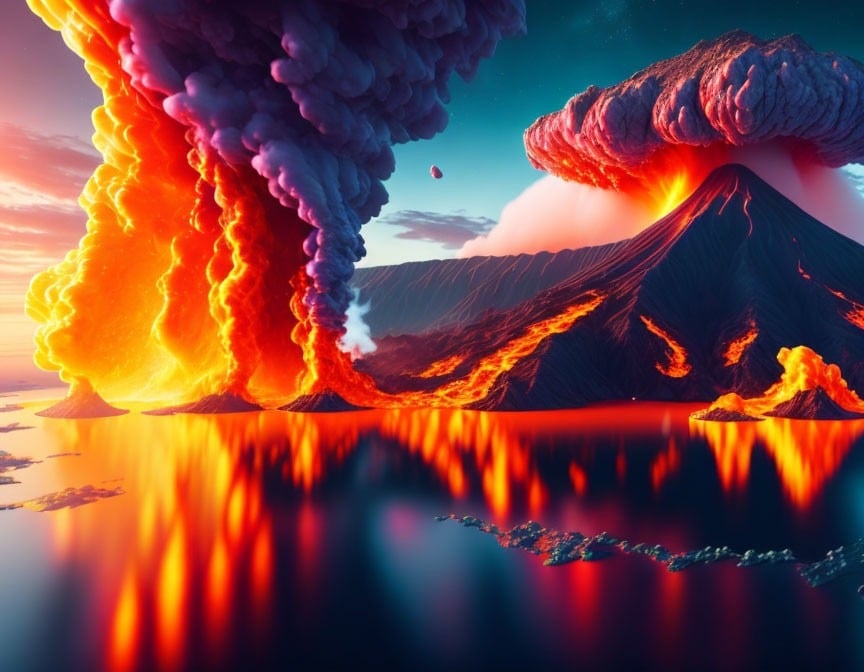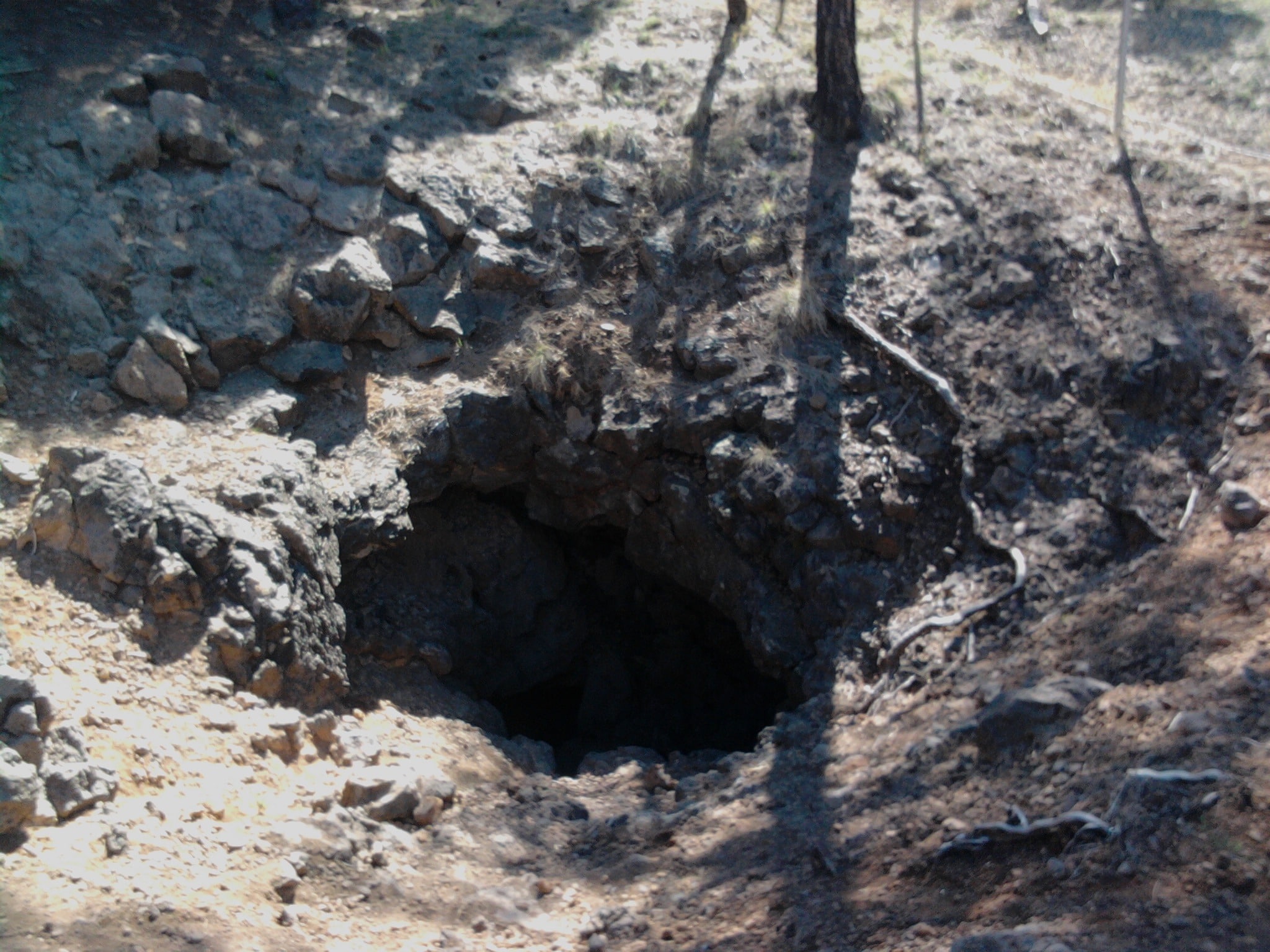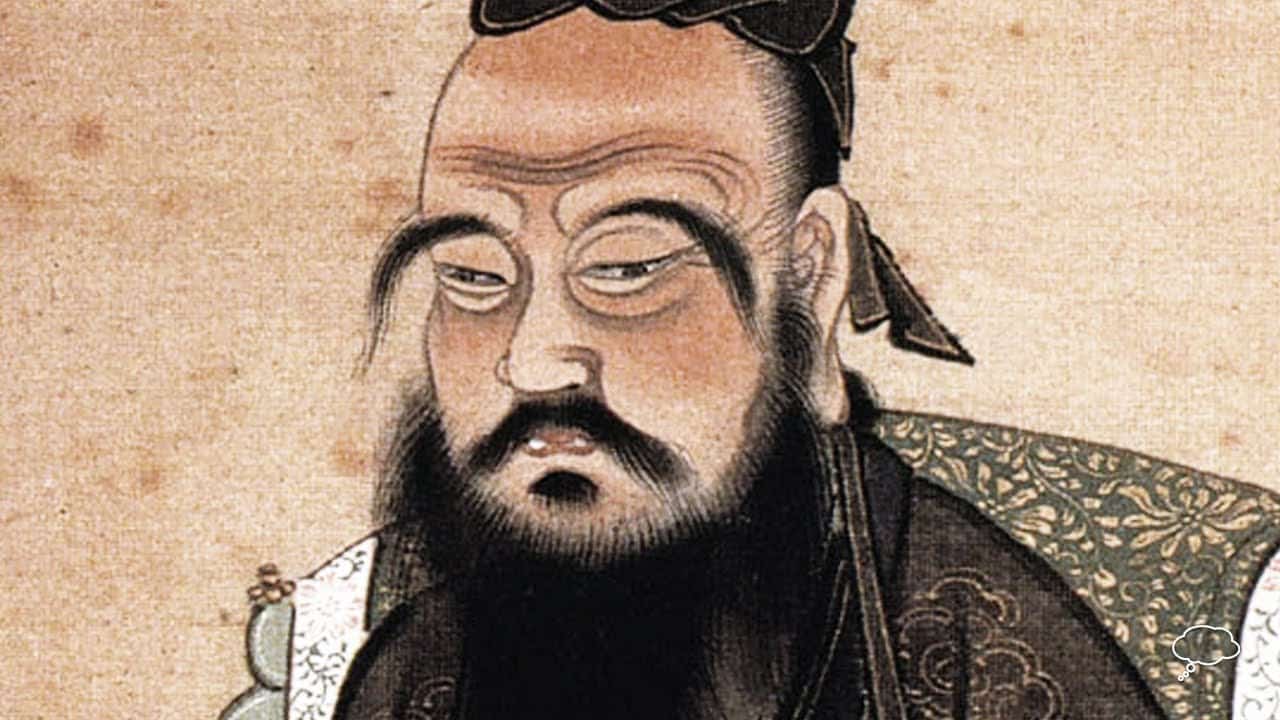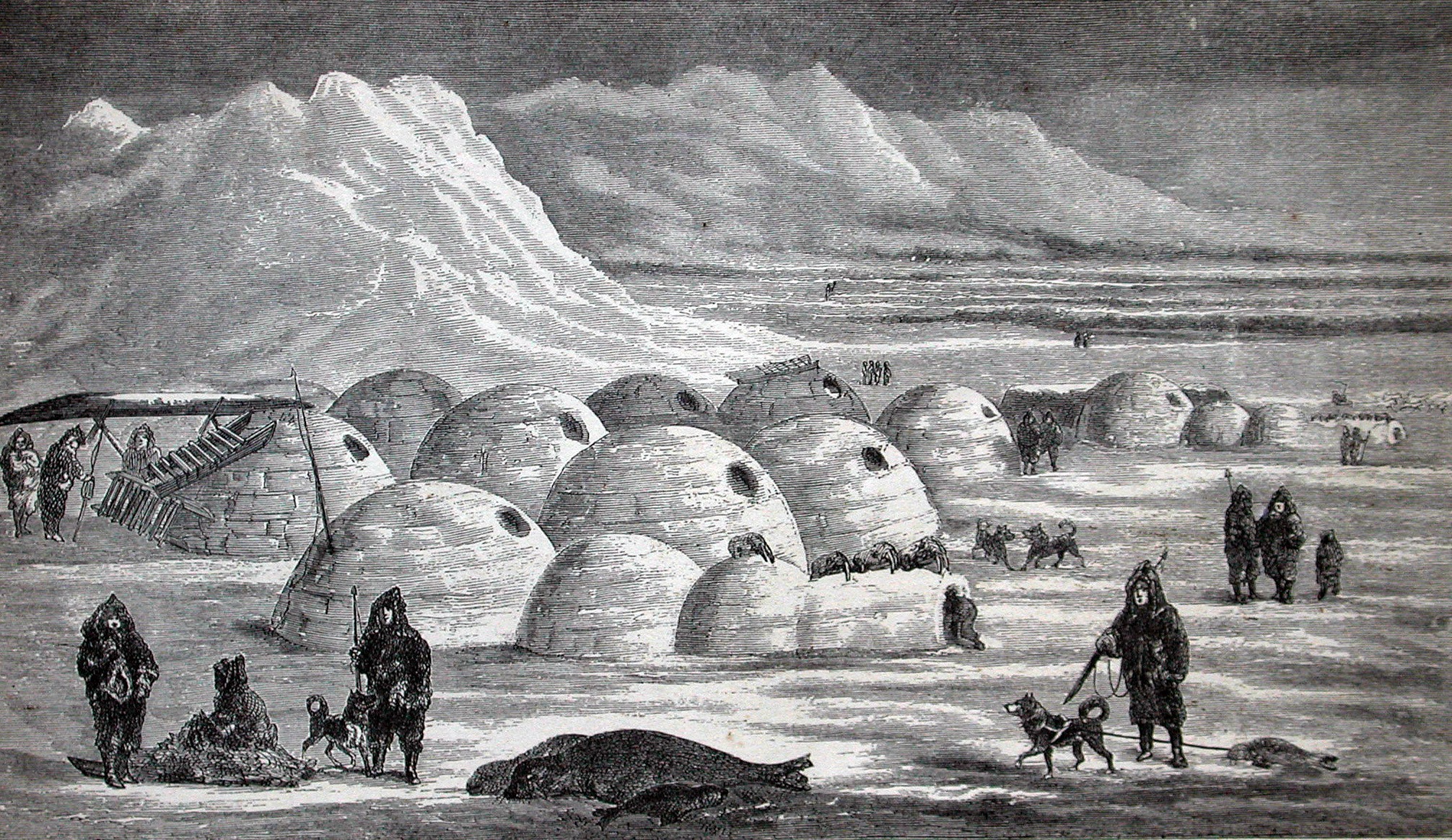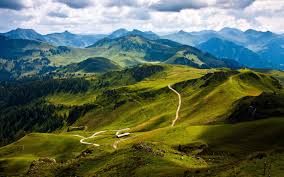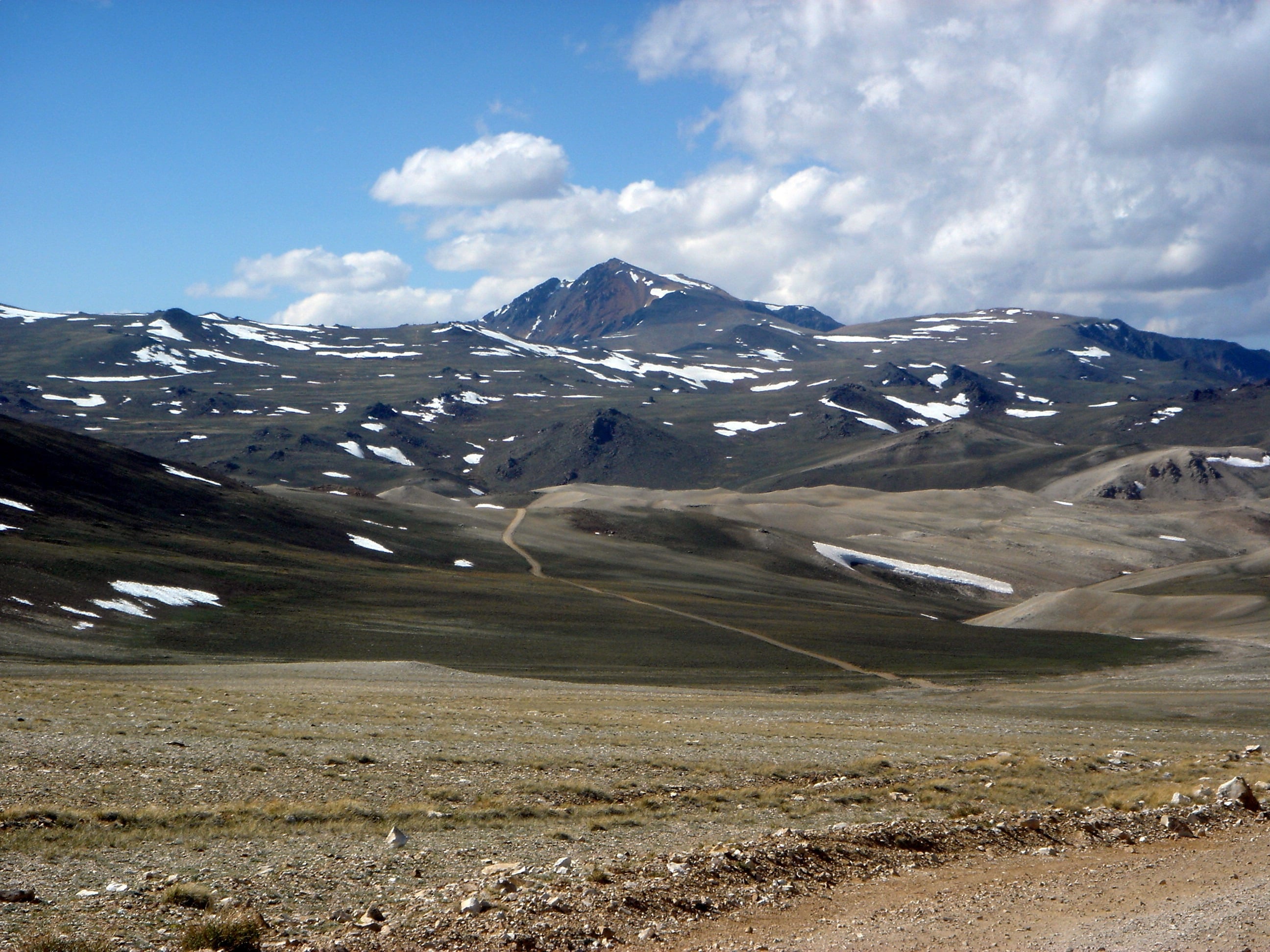Hawai’i’s Colorful History
Hawaii is a land of epic beauty. At one point the nature here was completely untouched by humans and only lost birds and plants inhabited the island chain. Shaped by colonization and assimilation into the Western European cultures and the United States, Hawaii is a unique blend of native and invasive species, and layers of settlement of Polynesians, westerners, and labor forces from around the world.

